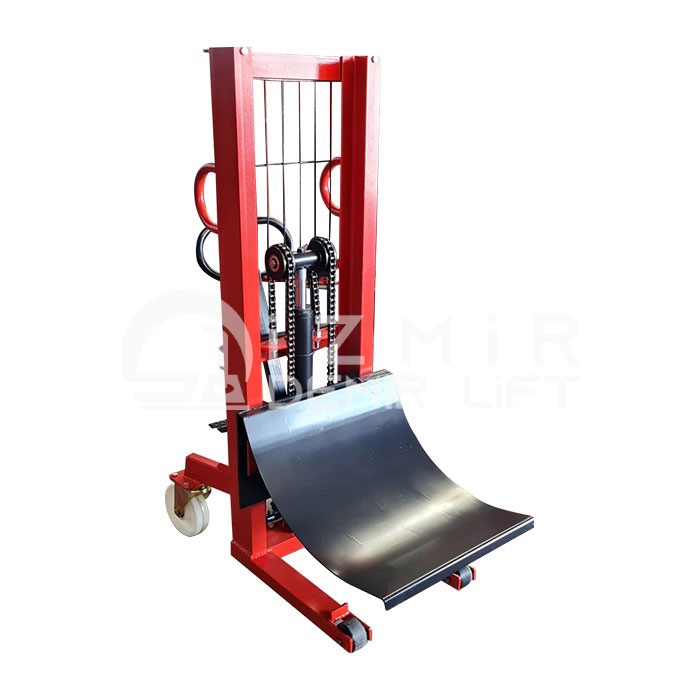
Warehouse operations provide great advantages to businesses when managed efficiently and effectively. Stackers play an important role in the storage, transportation and organization of materials within the warehouse. However, the efficient use of warehouse space and the flexibility of storage space are critical to a successful warehouse operation. Here are some strategies to consider for flexible storage space design for stackers and warehouse operations:
Taking Advantage of Height: Stackers maximize the use of storage space by taking advantage of height. High shelves and racking systems allow for more efficient use of warehouse space. A storage plan that makes good use of height should be created to maximize the use of free space in the warehouse.
Modular Racking Systems: Flexibility is of great importance in warehouse operations. Modular racking systems enable easy reconfiguration and modification of the warehouse space. Racking systems can be easily added and removed as needed and the warehouse space can be reorganized. This enables quick adaptation to changes in demand in warehouse operations and flexible utilization of storage space.
Multipurpose Spaces: In flexible storage space design, it is important to create multi-purpose spaces. These spaces can be used for storing multiple products or materials of different sizes. Adjustable shelves and dividers increase the flexibility of the storage space by supporting different material sizes. So, instead of creating different zones for storing different products, you can make the same space suitable for storing a variety of products.
Smart Storage Systems: Intelligent storage systems play an important role in providing flexibility in warehouse operations. Automated handling and storage systems enable fast and accurate placement and removal of materials. These systems enable more efficient use of warehouse space and accelerate warehouse operations. In addition, by using sensors and data analytics, you can optimize the use of warehouse space and provide flexibility in warehousing.
Signage and Routing: For flexible storage space design, it is important to use the right markings and orientations. Signage such as shelf labels, color codes or numbering can be used to make materials easy to find and place. In addition, proper routing of pathways and areas within the warehouse helps warehouse operations to run efficiently.
Flexible storage space design is an important factor to improve the efficiency of stacker and warehouse operations. With height utilization, modular racking systems, multi-purpose spaces, smart storage systems and correct signage, you can make your warehouse space more flexible and optimize your warehouse operations. Flexibility allows you to quickly adapt to changes in demand and utilize your warehouse space efficiently. This increases the competitiveness of your business and ensures customer satisfaction.